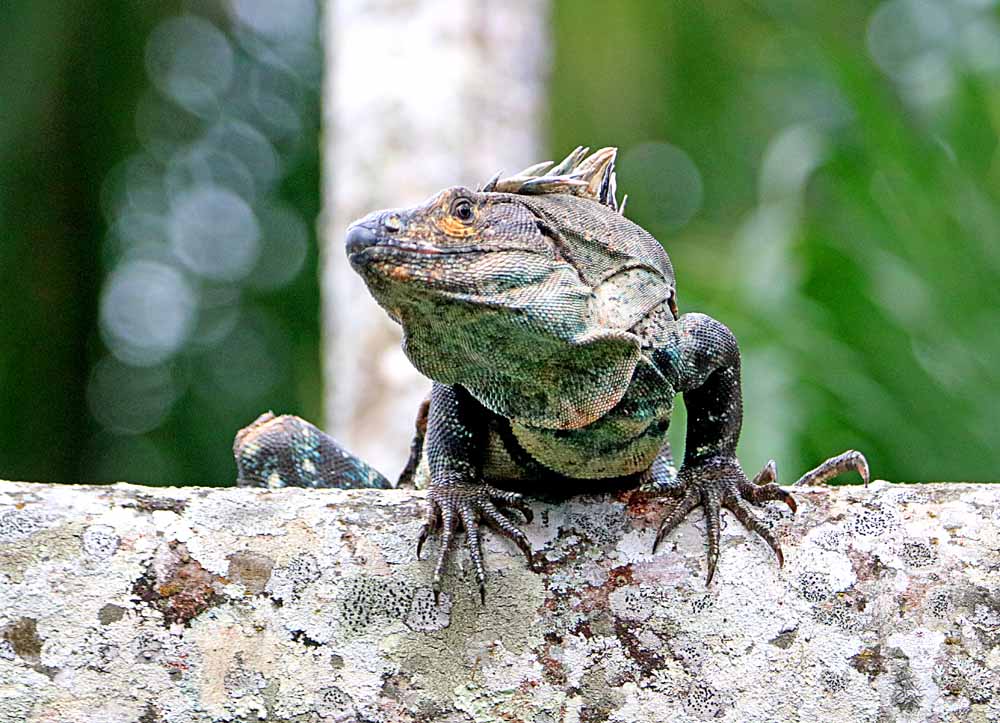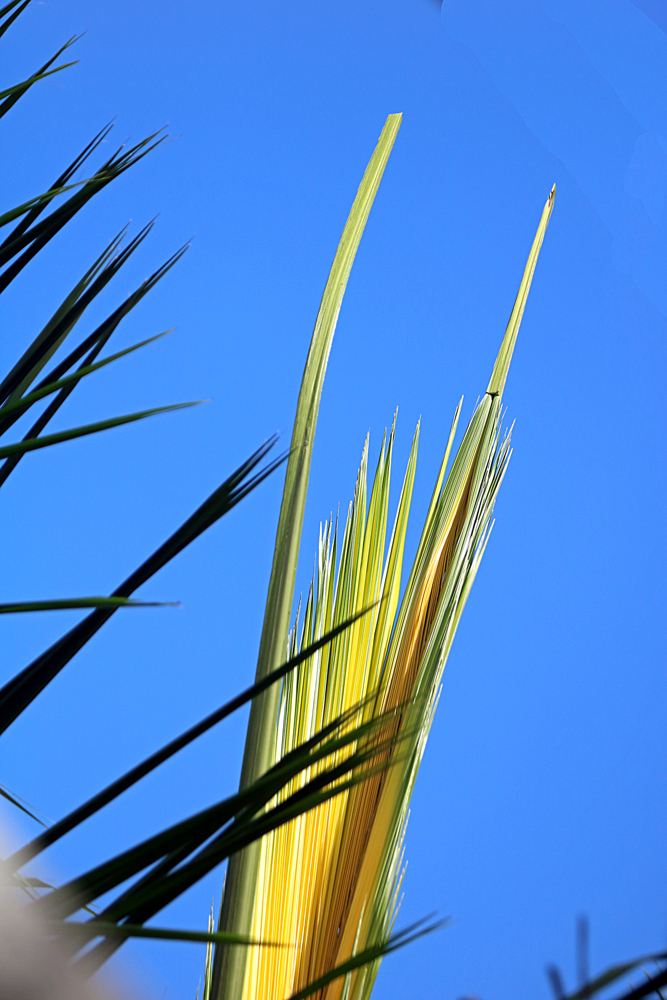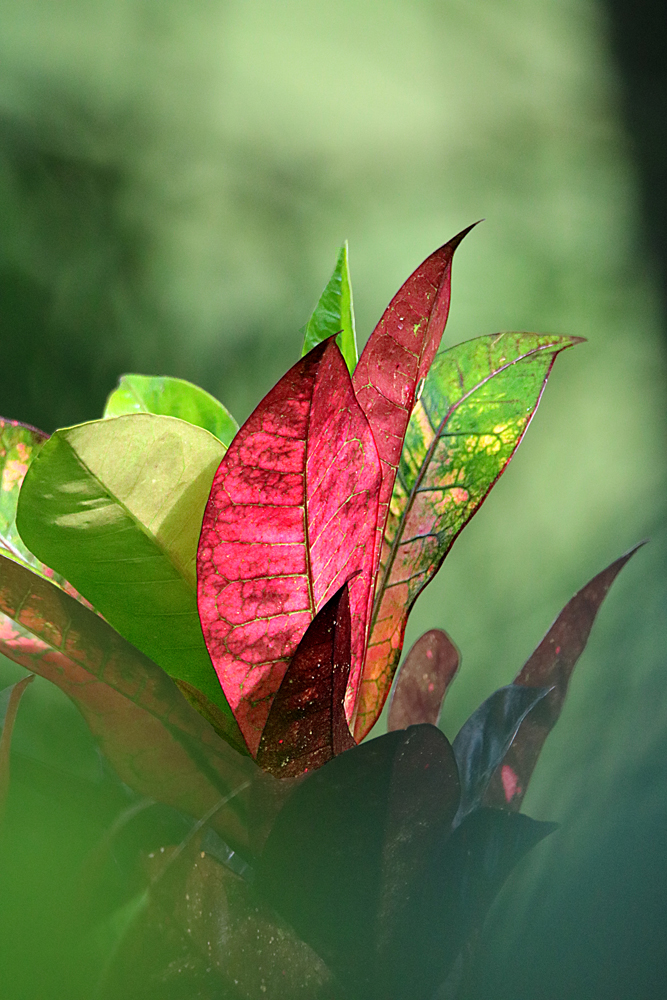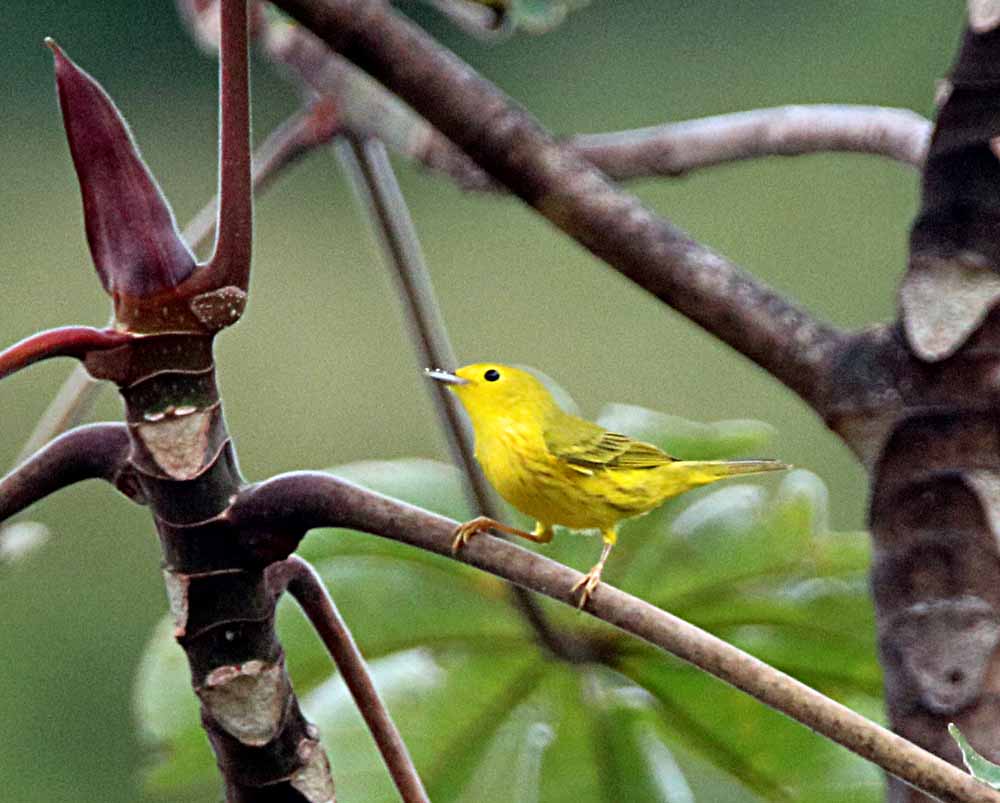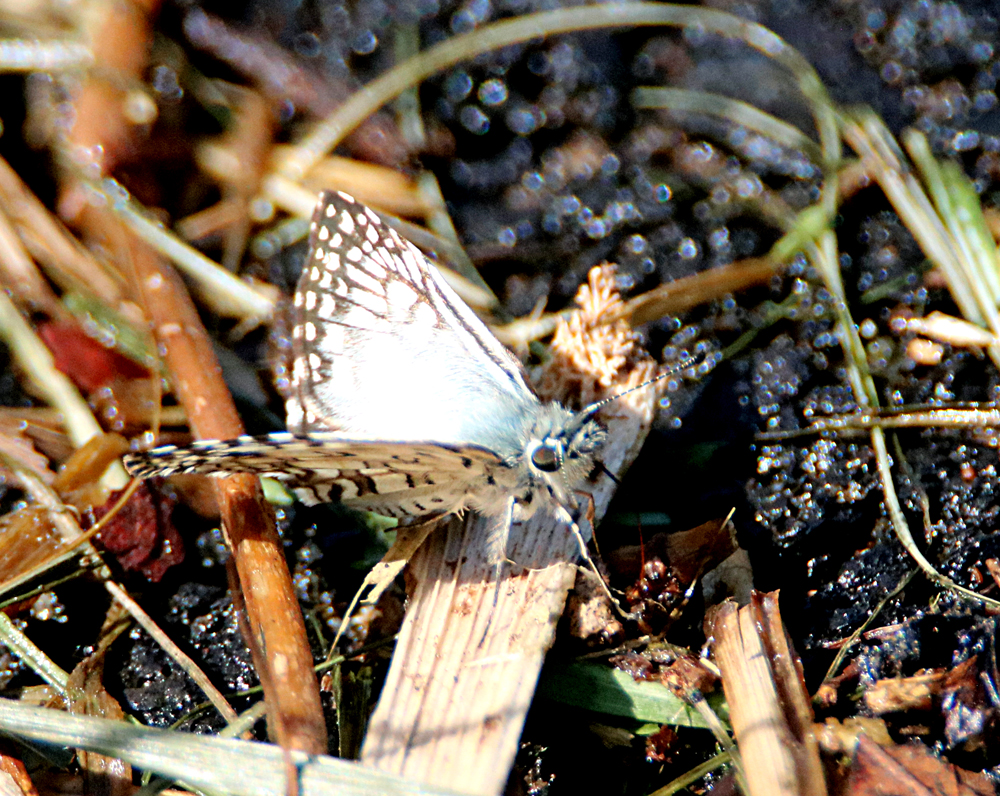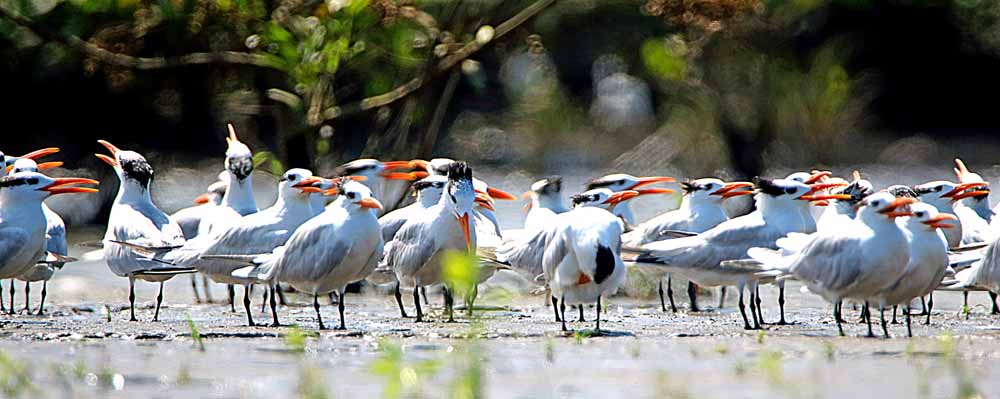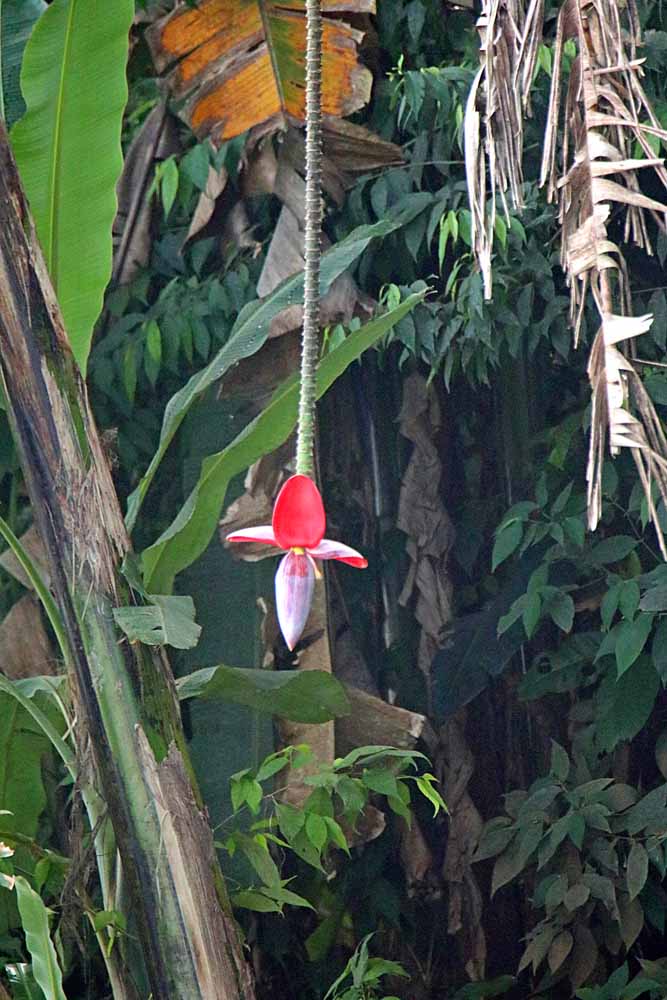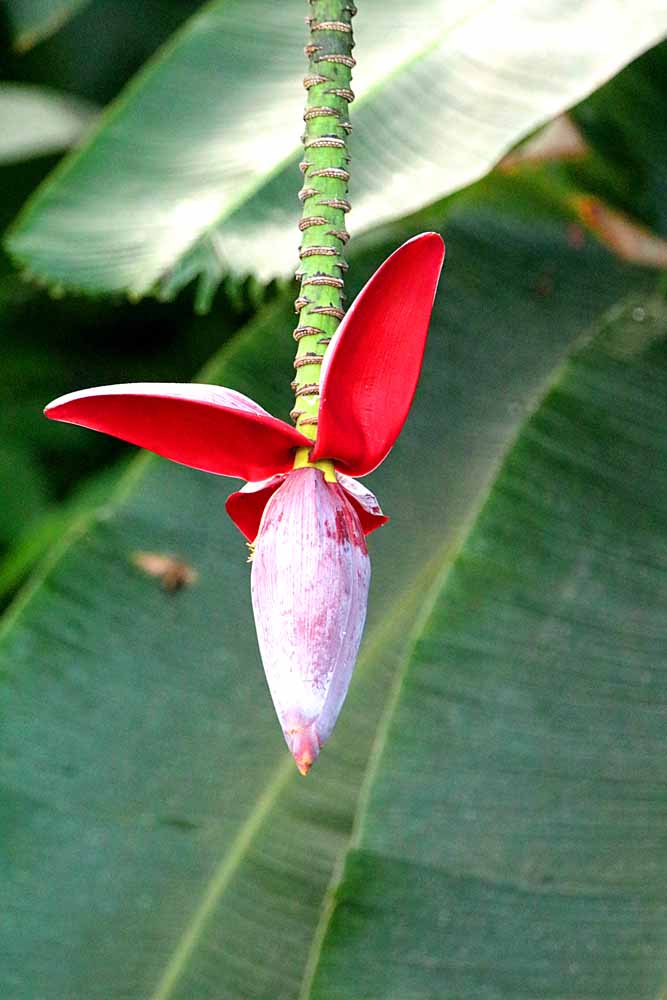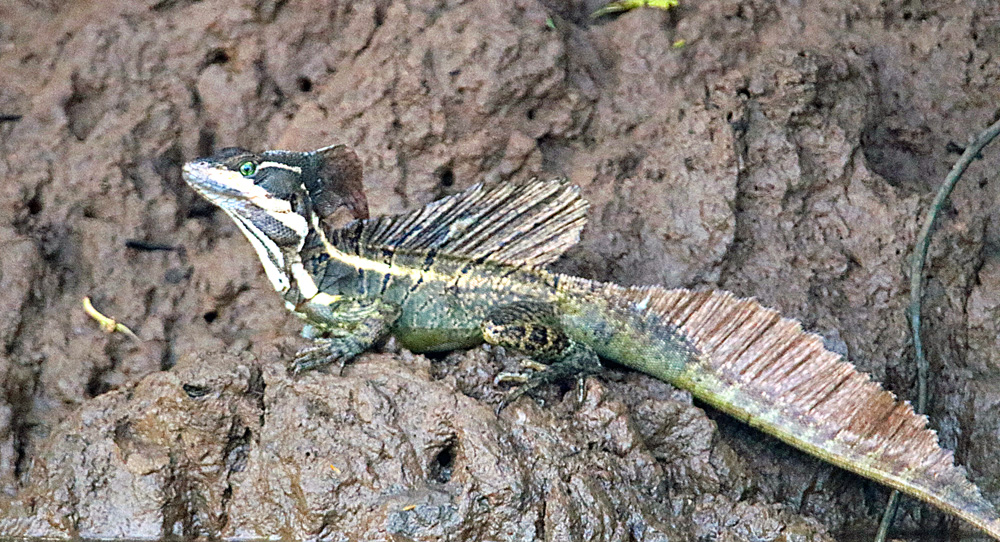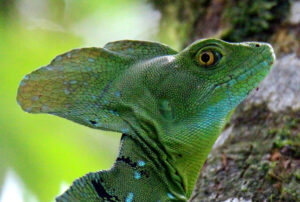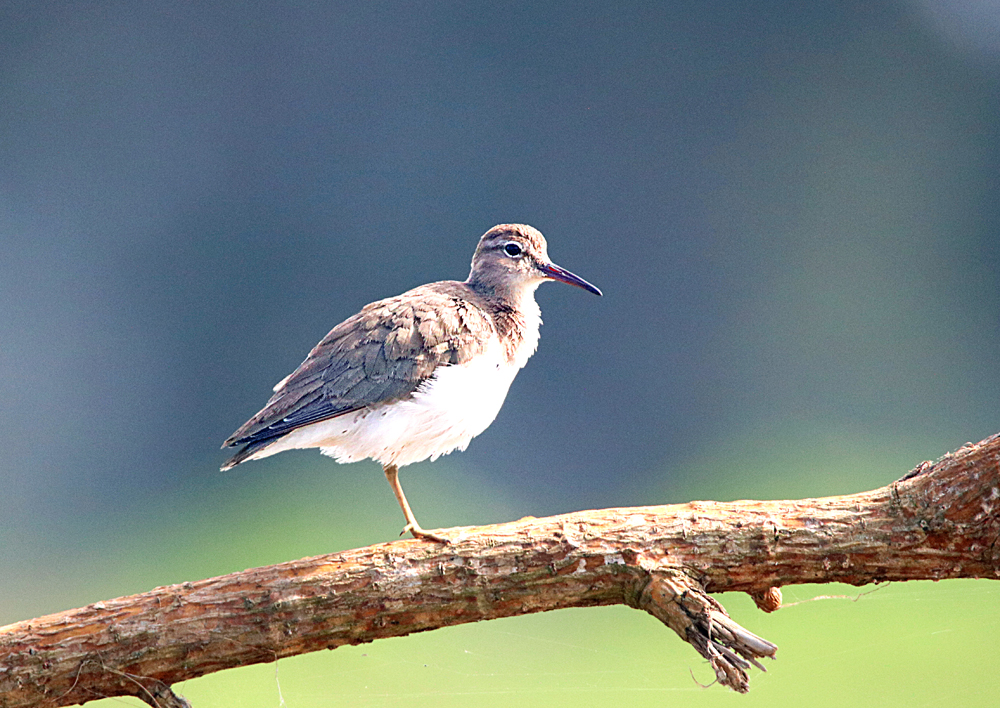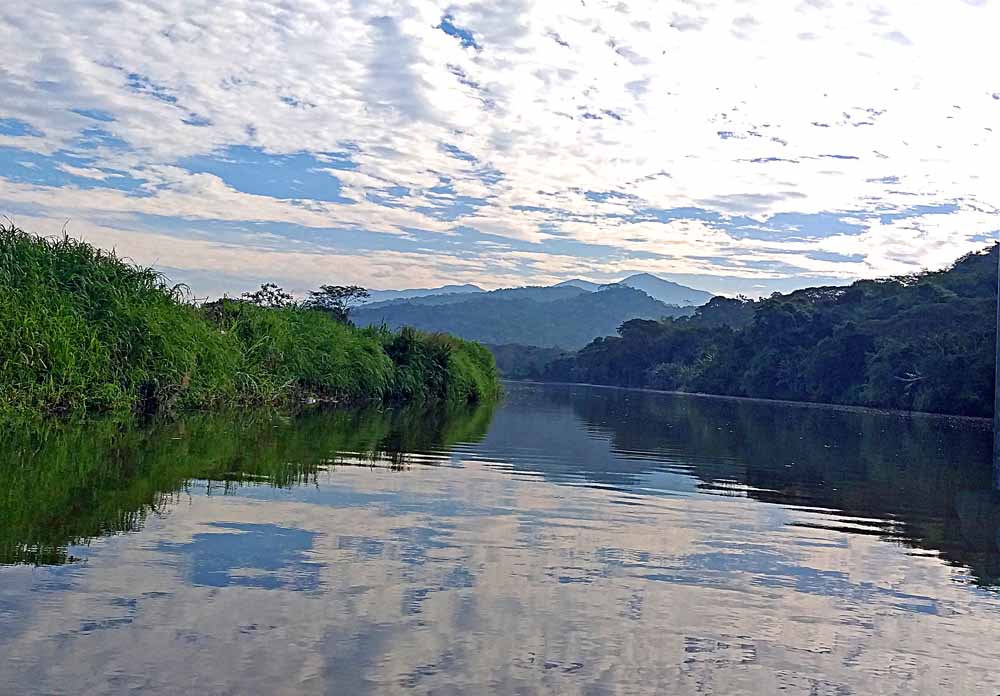The Black Spiny-tailed Iguana, Ctenosaura similis (my gallery link) is called “Garrobo” in Spanish and lives only on the Pacific Slope, which is also where I live. Here’s just two shots from one recently in my garden (living there or nearby) and the only neighbor I have who walks on my roof! 🙂 See more of this interesting fellow in the above-linked gallery.
And what about the Green Iguana? Well, he lives on both slopes, but I’ve not seen one in Atenas, I see many in the Caribe.
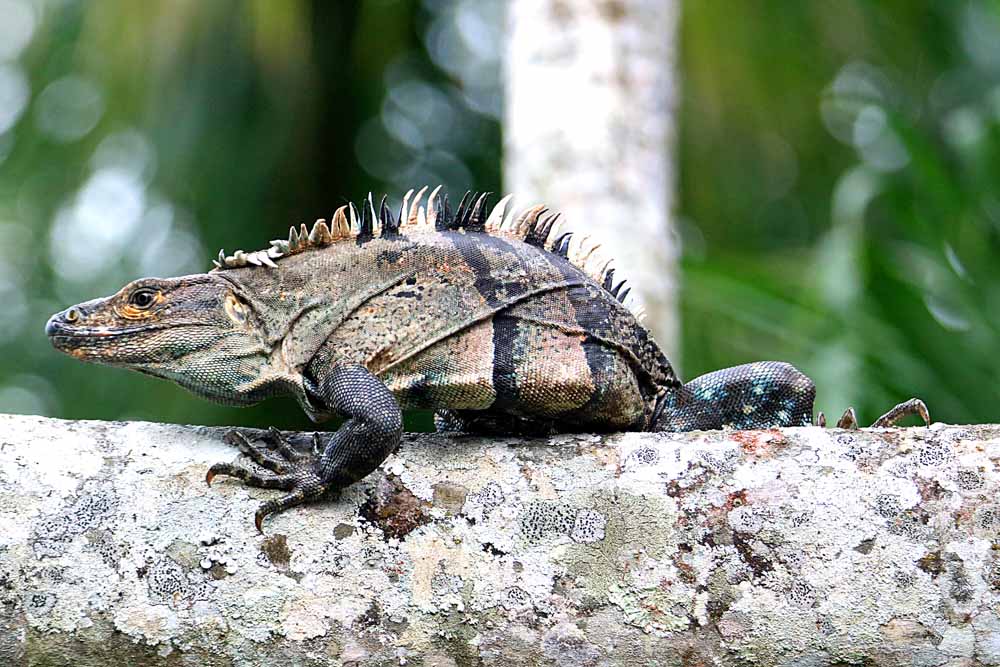
¡Pura Vida!
My Favorite Quote Today . . .
“Hitching the evangelical wagon to Donald Trump has meant unhitching it from the life and teachings of Jesus. It’s a bad trade.” –Peter Wehner, Writer, The Atlantic
Thanks to Ellie for sharing that article in The Atlantic! It is at:
And a Related Bible Verse . . .
From last night’s devotional . . .
See to it that no one takes you captive through hollow and deceptive philosophy. Colossians 2:8


